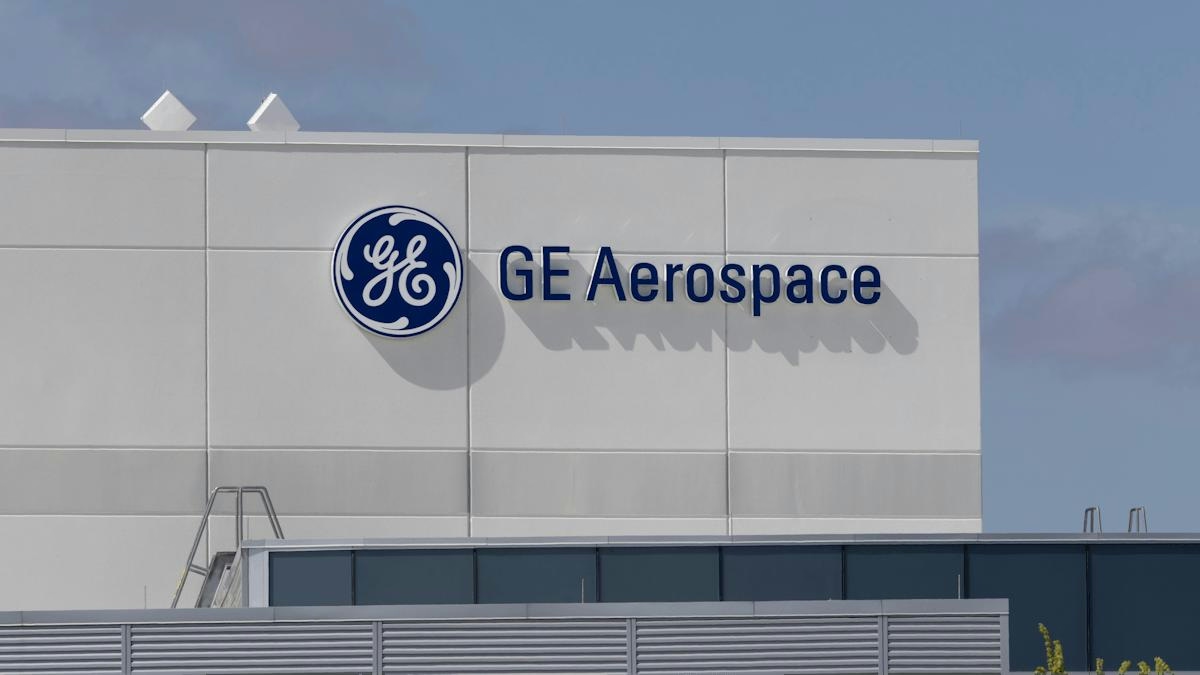
AeroGenie - مساعد الطيار الذكي الخاص بك.
الرائج الآن
Categories
Airbus Books 10 A350 Orders in September, Including 2 ACJs
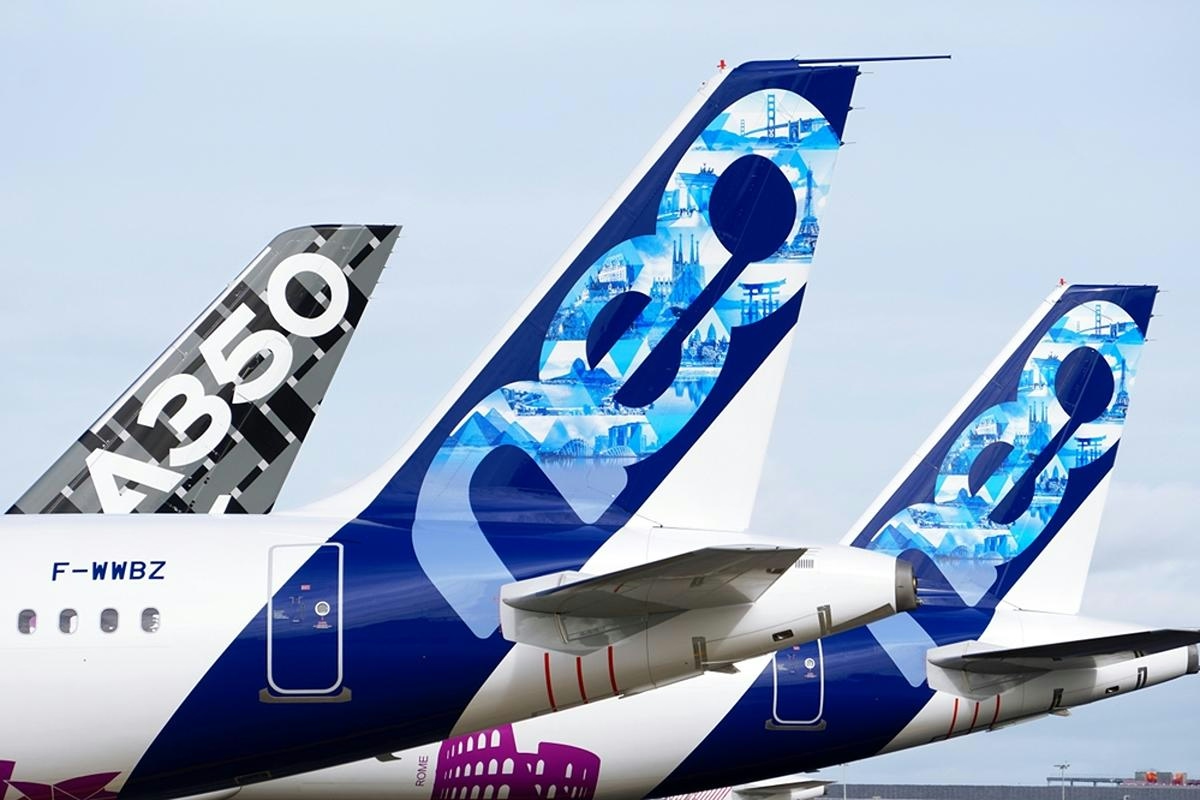
Airbus Secures 10 A350 Orders in September, Including Two Corporate Jets
Airbus reported a robust performance in September, delivering 73 aircraft and securing 10 new orders for its A350-900 model. According to the company’s latest Orders and Deliveries update, total deliveries for the first nine months of 2025 reached 507 aircraft across 79 customers, underscoring Airbus’s sustained market presence.
Details of the A350 Orders and Corporate Jet Configurations
Among the 10 new A350 orders, eight were placed by an undisclosed commercial airline, while two were acquired by private clients. These private acquisitions are slated to be configured as Airbus Corporate Jets (ACJ), specifically the ACJ350-900 variant. This model merges the range and reliability of a commercial airliner with the bespoke luxury expected in private aviation. The ACJ350-900 offers an expansive 270 square meters of cabin space and can accommodate up to 25 passengers, flying nonstop for up to 22 hours or covering distances of 10,800 nautical miles (20,000 km).
Introduced in 2016, the ACJ350 XWB features Airbus’s Easyfit outfitting system, which integrates hundreds of predefined attachment points into the carbon-fibre fuselage. This innovation allows interior outfitters to install walls, furnishings, and systems without extensive structural modifications, streamlining the completion process. The Easyfit system reduces both cost and complexity while providing designers with enhanced creative flexibility. Airbus has highlighted the challenge of creating certified cabins within widebody aircraft constructed from advanced materials like carbon fibre, noting that the ACJ350 offers the equivalent of several houses’ worth of floorspace.
Cabin Concepts and Industry Challenges
Although only a limited number of ACJ350s have been delivered to date, Airbus and its completion partners have unveiled a variety of cabin designs. Jet Aviation Basel, in collaboration with Advanced Computer Art (ACA), showcased a multi-zone interior featuring a dining and social lounge, a private suite with an en-suite bathroom, and wellness amenities such as a walk-in shower and heated towel rails. M&R Associates Design presented a minimalist concept emphasizing open spaces, neutral tones, and integrated indirect lighting to create a serene, residential atmosphere. Lufthansa Technik’s Welcome Home concept focused on maximizing natural light and offering flexible zones for privacy and family time, complemented by dedicated health and well-being facilities.
Despite these advancements, Airbus continues to face significant challenges in the global commercial aircraft market. The rise of China’s Comac, with its C919 jet gaining market traction, poses increasing competitive pressure. Airbus is also managing ongoing supply chain constraints but remains optimistic about improving supplier performance to meet its 2025 delivery target of up to 820 aircraft. Competition from rival manufacturers, including Boeing, remains intense, particularly as they vie for major orders in China and other key markets.
As Airbus pursues its delivery goals and expands its corporate jet portfolio, the evolving competitive landscape and emerging market dynamics will be critical factors influencing its strategic direction in the coming months.

Dassault Aviation and Thales Partner on AI for Future Air Combat
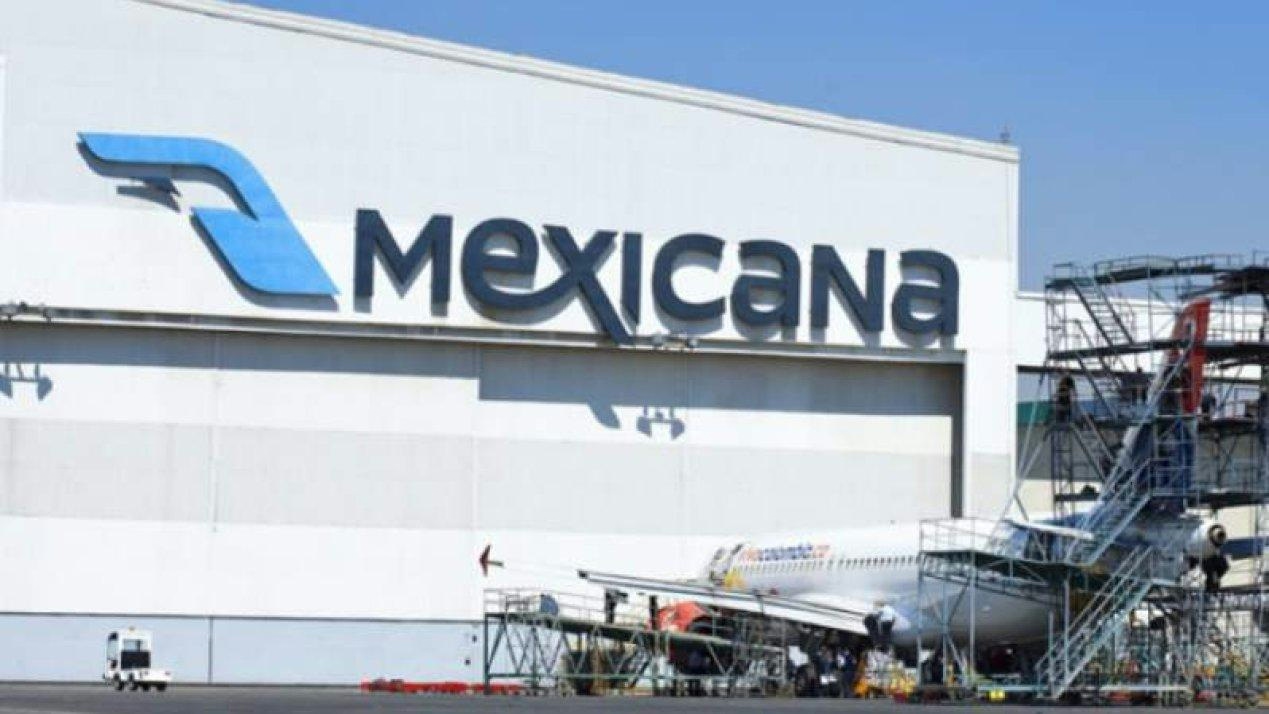
Mexicana MRO Deal Stalls Pending Banorte Extension Approval

Trump's Policy on DEI Raises Concerns Over Aircraft Mechanic Training
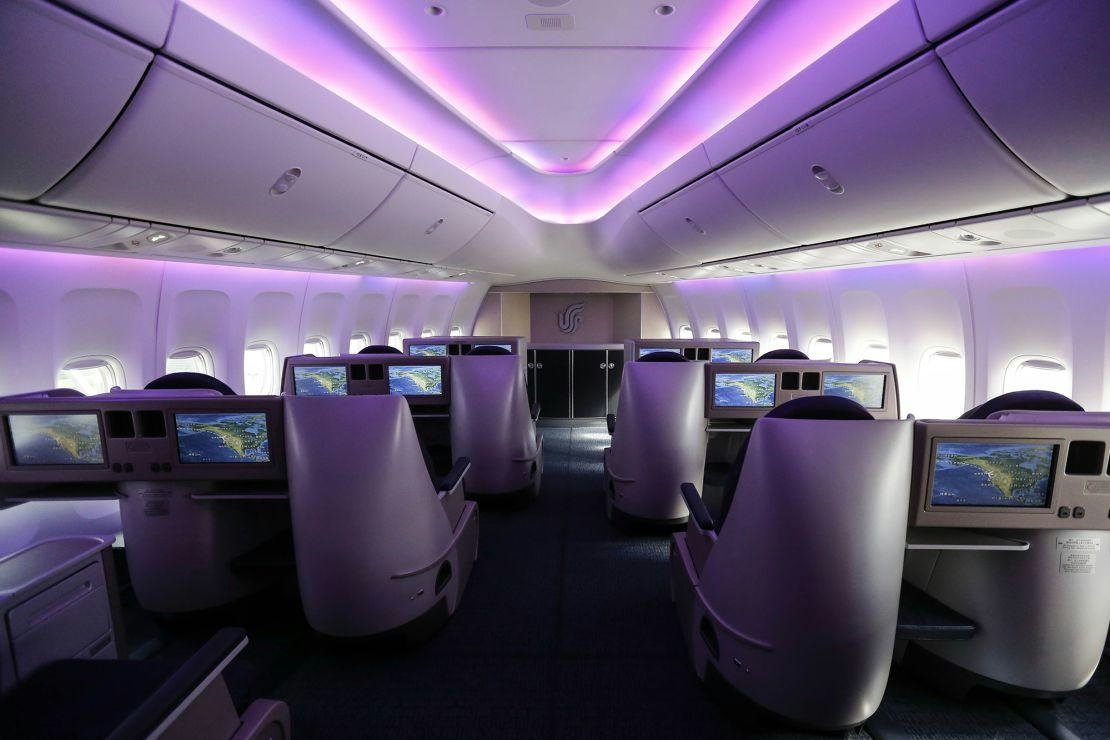
Why Boeing’s 747 Lacks a Full Second Deck Unlike the Airbus A380

Deutsche Aircraft Appoints Ernst-Georg Schröder Manager of Final Assembly Line for D328eco
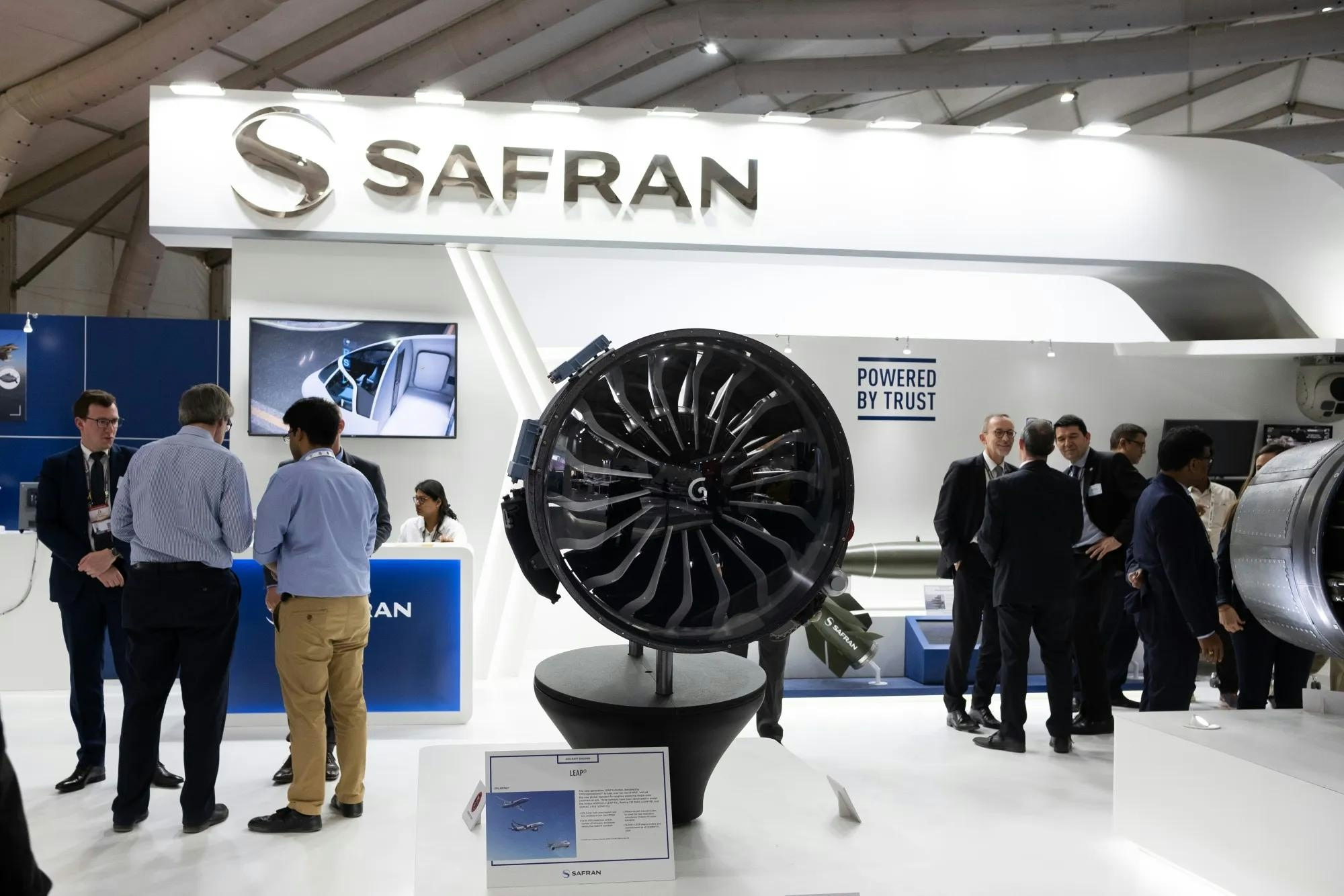
PM to Inaugurate Safran Aircraft Engine Services Facility in India on November 26
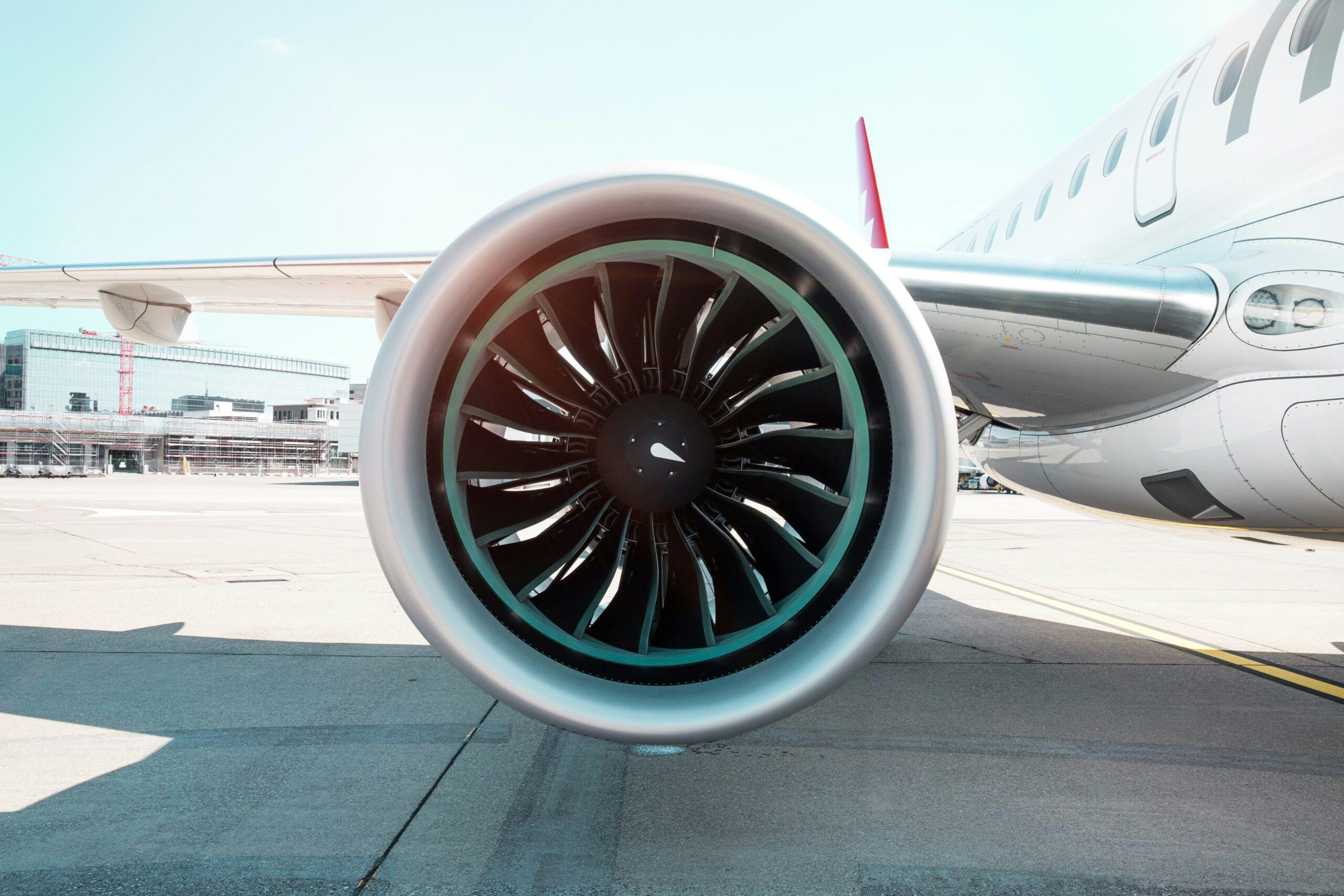
Leading Companies in Aviation Artificial Intelligence: Airbus, Amazon, Lockheed Martin, Tata Power, Thales
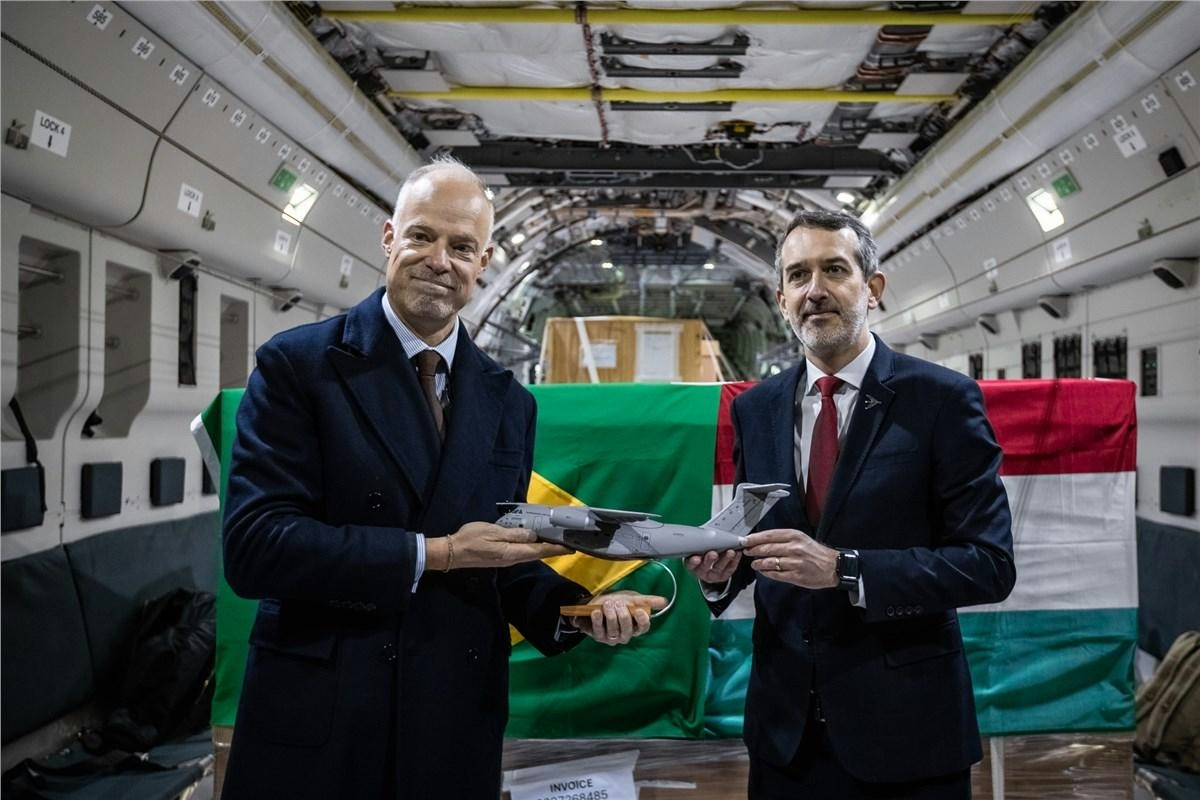
Embraer and ILIAS Partner to Enhance Military Fleet Management
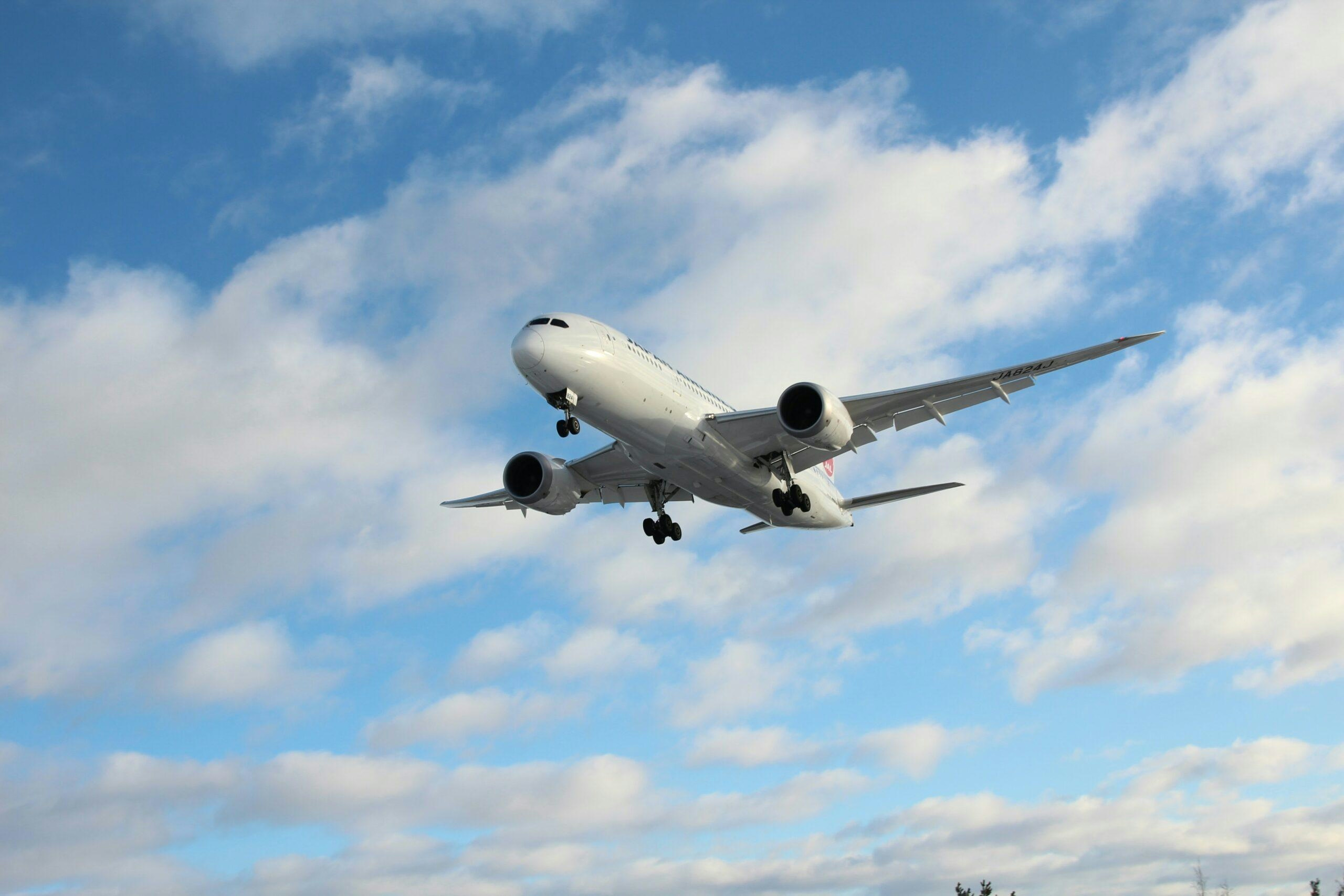
Warburg Pincus Acquires Hong Kong-Based Topcast Aviation Supplies
